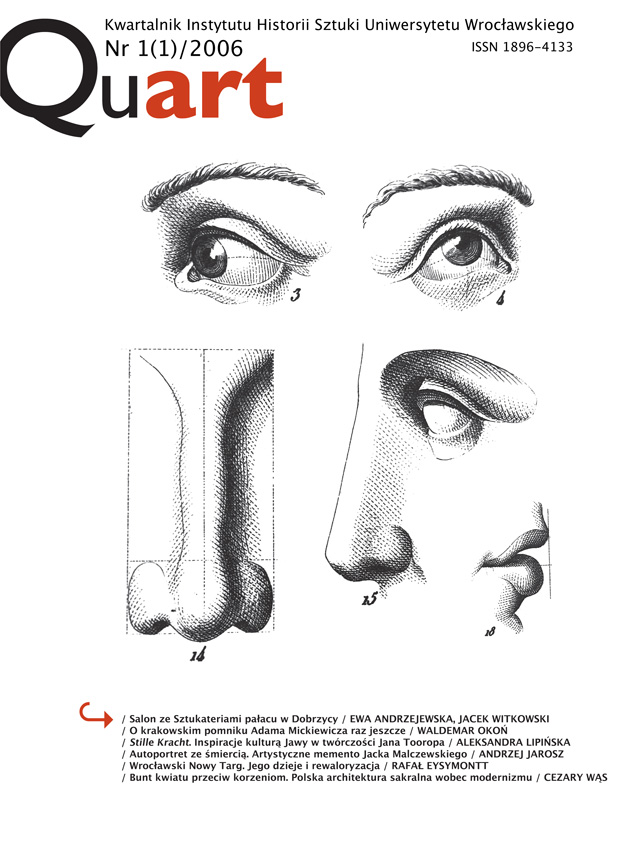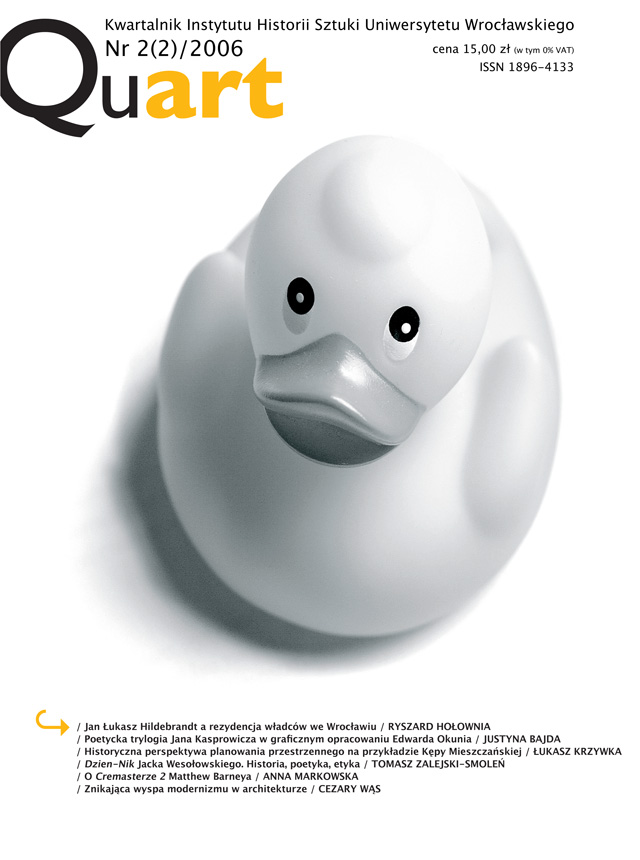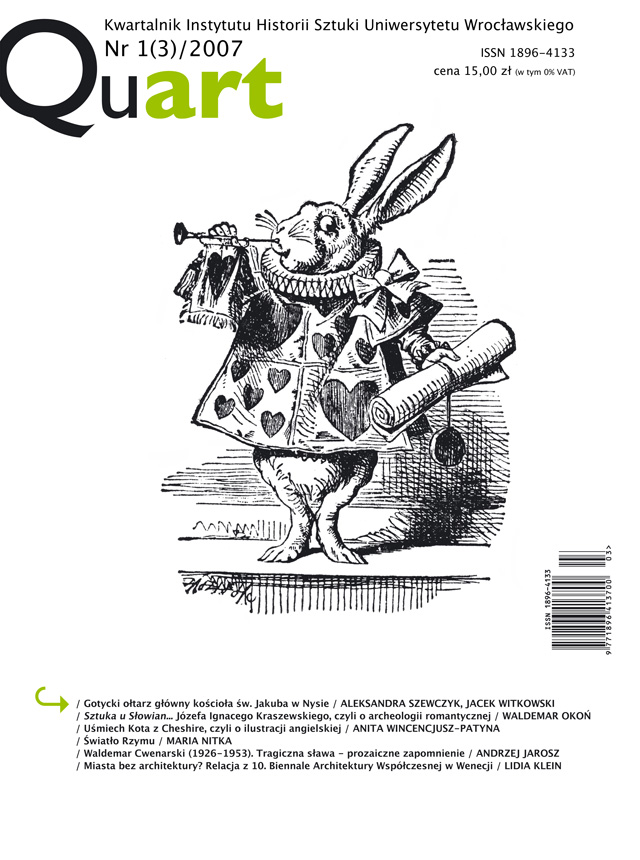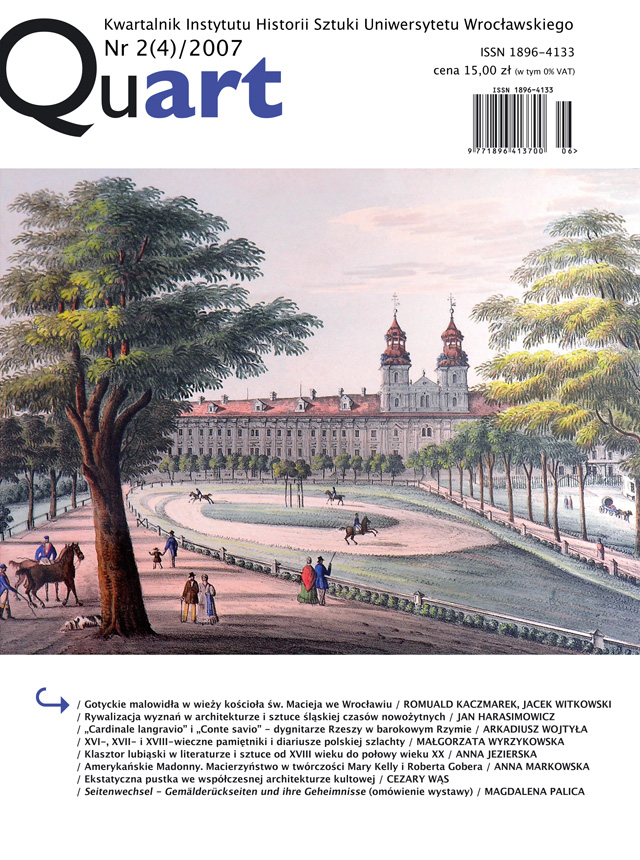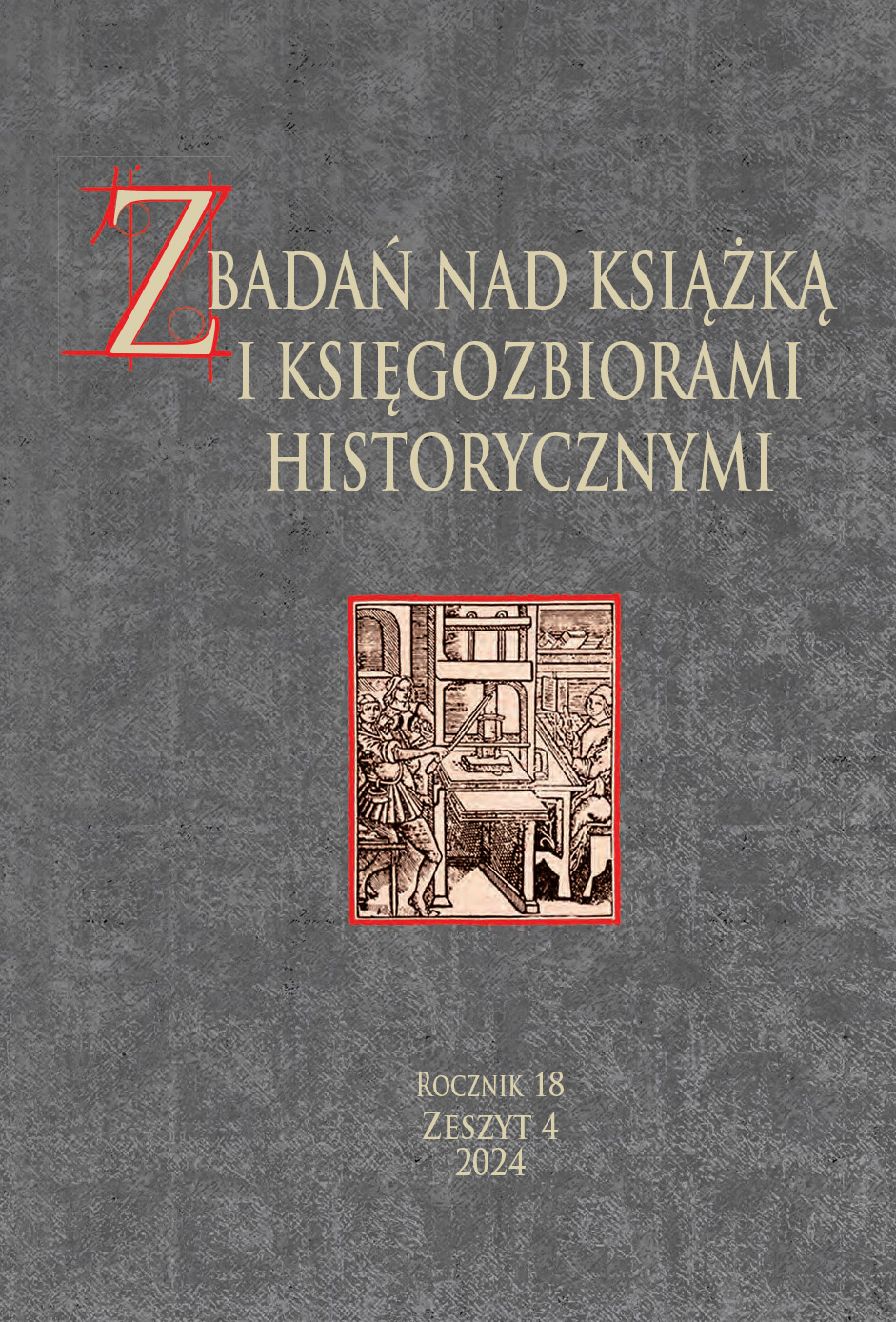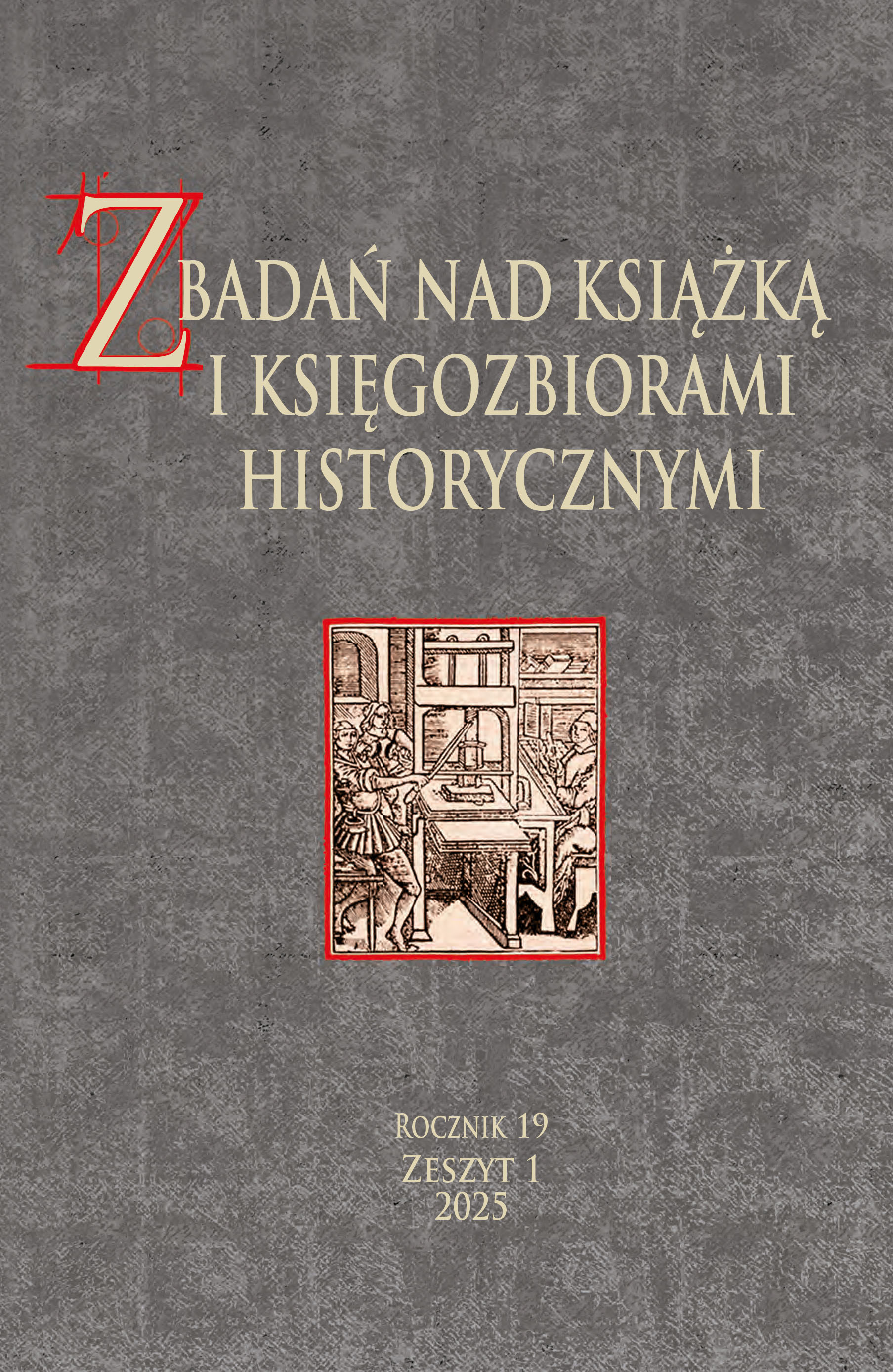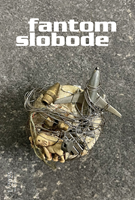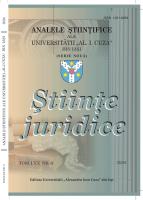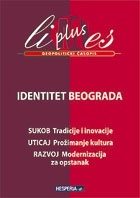Author(s): Beata Biedrońska-Słota / Language(s): Polish
Issue: 14/2024
Clothes in both Europe and Western Asia owe their basic shape to ancient clothing. Therefore, in the early development of fashion, they were the result of various interpretations imitating the construction of tunics. Later diversified forms of clothing in both Europe and Western Asia are the result of centuries of changes resulting from the transformation of one basic form, which was the ancient tunic.The genesis of Polish kontusz garments has long been rightly associated with the East. This fashion, created at the end of the 16th century and at the beginning of the 17th century, developed on the basis of inspirations from peoples with whom Poland was almost always, almost continuously, in conflict, and Eastern societies were spoken of with a tinge of contempt. However, their way of dressing, especially of the upper classes in many Eastern countries, where the influence of the Mongol tribal aristocracy was combined with the highly developed Byzantine culture, differed significantly from the canons of European fashion, they were original, which in the Commonwealth meant that by wearing clothes in accordance with the basic line typical of Eastern clothing, one gained a sense of distinctiveness, uniqueness, and magnificence. It should be emphasized that clothing in the vast areas of Asia with time began to consist of two basic elements: the bottom – similar in appearance to the żupan later created in the Polish-Lithuanian Commonwealth, and the outer clothing put on it – similar to the kontusz.In the Middle East, an important period of development, also due to the process of forming clothing, was the Mongol period (1206–1368), which was a turning point in cultural, political and artistic exchange throughout Eurasia. The dynamic international exchange at that time resulted in Mongolian motifs appearing in large numbers among patterns of fabrics, miniatures, ceramics and metalwork. By the end of the thirteenth century, elements of Mongolian culture had reached the Mediterranean Sea and began to influence the art and clothing of the Latin West. Painted representations of Mongols, silk fabrics with original motifs, clothes whose different shapes began to feed the art and culture of the Christian West became widespread.An example of the presence of these influences can be the well-known painting from the collection of the Diocesan Museum in Tarnów „The Lamented of Chomranice”, dated around 1440, in which Joseph of Arimathea dressed in a long caftan with short sleeves, probably made of Byzantine silk, as evidenced by a pattern consisting of pomegranate fruits closed with lanceolate leaves and a silk turban, from under which a long black braid falls on his back. The appearance and clothing depicted in this way are unequivocally associated with the representations of the elite of Mongol rulers appearing on Persian miniatures, especially those created during the reign of the Ilhanid dynasty in Persia. In Western literature, this problem has been discussed in more detail in articles on the similarity of the scene depicting the martyrdom of the Franciscans in Ceuta in 1277 painted by Ambrogio Lorenzetti in the Franciscan monastery in Siena in 1324–1327 and the miniatures by Rashid al-Din, which are direct evidence of the knowledge of Persian miniatures by Italian painters.It is therefore worth noting that many details described in the literature as features of Mongolian clothing can also be found much later in the shape of Polish kontusz clothing.
More...
